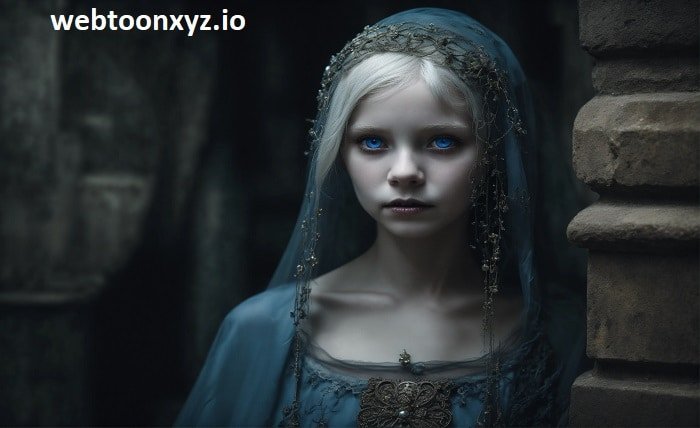The Stepmother Märchen, or fairy tales featuring stepmothers, represent a fascinating aspect of folklore and literature. Often portrayed as villains, these characters have sparked debates about their roles and the societal perceptions surrounding them. By examining the narratives within The Stepmother Märchen, we can better understand the underlying themes of jealousy, love, and identity that permeate these tales.
The Historical Context of The Stepmother Märchen
The Stepmother Märchen has roots that trace back to ancient folklore, where the role of a stepmother often aligned with societal norms of the time. Historically, the archetype of the wicked stepmother served as a cautionary tale, reflecting the fears and anxieties surrounding blended families. These narratives were shaped by cultural attitudes toward family dynamics, highlighting the complexities that arise when new familial relationships are formed.
Common Themes in The Stepmother Märchen
The Stepmother Märchen frequently explores themes of jealousy, rivalry, and transformation. Jealousy is often portrayed as a driving force behind the stepmother’s actions, leading to conflict with the stepchildren. This theme resonates across various tales, suggesting that the fear of losing affection and status can lead individuals to dark paths. The transformations undergone by characters in these stories often symbolize personal growth and the quest for acceptance.
Notable Examples of The Stepmother Märchen
Several well-known fairy tales feature stepmothers prominently. For instance, in “Cinderella,” the stepmother embodies cruelty and ambition, treating Cinderella with disdain while favoring her biological daughters. Similarly, “Snow White” presents the stepmother as a jealous queen who will stop at nothing to eliminate her competition. These examples highlight how The Stepmother Märchen frequently presents stepmothers as antagonists, reinforcing negative stereotypes.
Cultural Variations in The Stepmother Märchen
The portrayal of stepmothers varies across cultures, adding depth to The Stepmother Märchen. In some cultures, stepmothers are depicted more positively, serving as nurturing figures who overcome challenges. For example, in certain African folk tales, stepmothers can exhibit wisdom and compassion, often acting as mediators within family conflicts. This cultural diversity illustrates that while negative portrayals are common, they are not universal.
Psychological Interpretations of The Stepmother Märchen
Psychologically, The Stepmother Märchen can be analyzed through the lens of family dynamics and child development. The relationship between stepmothers and their stepchildren often mirrors real-life conflicts that arise in blended families. These stories can serve as a means for children to process their feelings of rivalry and insecurity. Understanding these psychological implications can shed light on the enduring appeal of these tales.
The Role of the Step-Mother Archetype in Modern Media
In contemporary literature and film, The Stepmother Märchen continues to evolve. Modern interpretations often challenge traditional narratives, presenting stepmothers as complex characters with their struggles and motivations. For instance, in films like “Enchanted,” the stepmother figure is reimagined as a more sympathetic character. This shift reflects changing societal attitudes towards family and the desire for more nuanced portrayals.
The Impact of The Stepmother Märchen on Society
The Stepmother Märchen has a significant impact on societal perceptions of stepfamilies. The frequent negative portrayal of stepmothers can contribute to stereotypes that affect real-life relationships. Understanding the narratives within these tales allows us to challenge these stereotypes and promote more positive depictions of blended families. This is essential in fostering acceptance and understanding in contemporary society.
The Future of The Stepmother Märchen
As society continues to change, The Stepmother Märchen will likely evolve alongside it. Future narratives may focus on reconciliation, understanding, and the importance of communication within blended families. By embracing diverse perspectives, new stories can be crafted that celebrate the complexities of stepfamily dynamics rather than perpetuating outdated stereotypes.
Conclusion
The Stepmother Märchen serves as a powerful reflection of societal attitudes towards family dynamics and relationships. By exploring the themes, cultural variations, and psychological implications of these tales, we gain valuable insights into the human experience. As we continue to reinterpret these narratives, we can pave the way for more positive representations of stepmothers and blended families in literature and media.
FAQ
1. What are The Stepmother Märchen?
The Stepmother Märchen refers to fairy tales that feature stepmothers, often portraying them as antagonistic figures about their stepchildren.
2. Why are stepmothers depicted negatively in these stories?
Negative portrayals of stepmothers often reflect societal anxieties surrounding family dynamics and the fear of rivalry for affection and status.
3. How do cultural variations affect The Stepmother Märchen?
Cultural variations impact the portrayal of stepmothers, with some cultures depicting them positively as nurturing figures, while others reinforce negative stereotypes.
4. How can The Stepmother Märchen be relevant today?
The Stepmother Märchen remains relevant by offering insights into family dynamics and challenging stereotypes surrounding blended families in contemporary society.
5. Are there modern interpretations of The Stepmother Märchen?
Yes, modern interpretations often reimagine stepmothers as complex characters, reflecting changing societal attitudes and promoting more nuanced representations.





